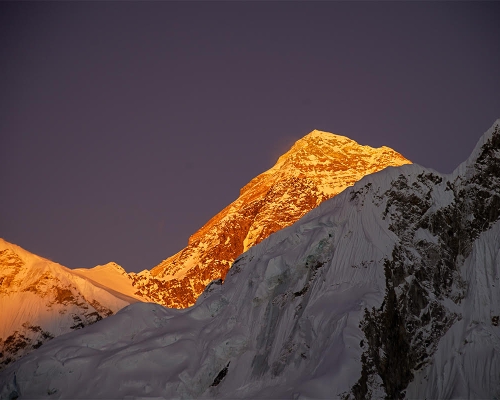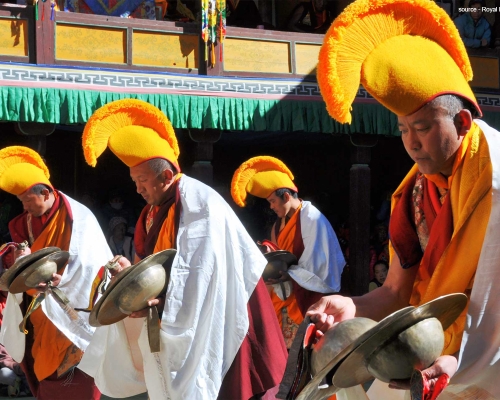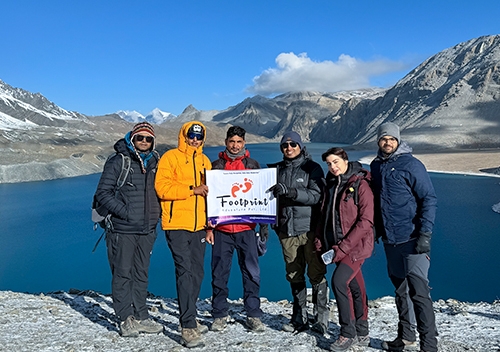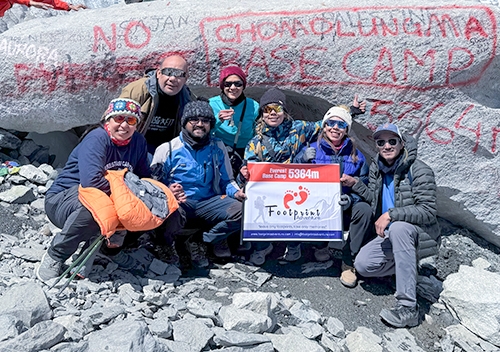Highlights of Everest Base Camp Trekking
- Exciting flight to Lukla with spectacular aerial views of the Himalayas
- Explore the vibrant Sherpa town of Namche Bazaar, the gateway to high-altitude adventures
- Visit the spiritual center of the Khumbu region, Tengboche Monastery along with panoramic views of Everest and Ama Dablam
- Trek through Sagarmatha National Park and explore the diversity inside the national park
- Trek to the iconic Everest Base Camp, the starting point for the Everest expedition
- Breathtaking sunset and sunrise sights of Everest and surrounding peaks from the summit of Kalapatthar (5,545m)
- Unique experience in traditional Sherpa villages and lifestyle
- Surprising scenery includes moraines, glaciers, and rough terrain
- Breathtaking views of mountains, hills, and magical landscapes from the World's highest-placed hotel- Everest View Hotel
- Close-up pictures of Lhotse, Nuptse, Everest, Thamserku, Ama Dablam, Lobuche, and other high mountains
- Experience comfortable accommodations offering cordial hospitality and local cuisine
- Potential sightings of wildlife in Everest region like Yaks, Himalayan Birds, Himalayan Tahr, and Snow Leopards
- Great personal achievement and the sense of accomplishment from completing a demanding trek in the world's highest mountain range
Overview
The charm of Everest Base Camp Trekking is undeniable It is located at the base of the world's tallest mountain, Everest, which displays adventure and natural magnificence. Every year, thousands of trekkers around the globe strive for this iconic destination, enthusiastic to experience the grandness of the Himalayas and follow in the footsteps of legendary climbers. The number of trekkers trekking to EBC is boosting significantly each year, encouraging the creation of various itineraries to accommodate different schedules and preferences.
The best-selling trekking packages to Everest Base Camp (EBC) are designed as 15-day itineraries, often including mixed supplementary activities to enhance the overall experience. These may feature city tours in Kathmandu, vibrant welcome dinners in Nepali traditional restaurants, and visits to cultural landmarks. While these extras can enhance the journey, they also extend the time and increase the cost of the trek, potentially weakening the pure adventure of reaching EBC if you have a short time frame. Nowadays, trekkers are moving away from complete packages filled with extra activities and are aiming for a more direct approach to reaching Everest Base Camp.
This emerging trend glances at a desire for a more serious connection with the natural surroundings and the trekking experience. Trekkers want to maximize their time on the route, soaking in the sensational landscapes, challenging their physical limits, and appreciating the simplicity and purity of the trip. They prefer to minimize time spent on additional activities that divert attention from the primary goal, reaching the base camp of Mount Everest. This transition towards a more focused trekking experience is driven by several factors. Many adventurers are deprived of time and cannot afford the amenity of extended itineraries. Others are regular trekkers who have already explored cultural aspects in previous journeys and now wish to concentrate on the physical and scenic elements of the trek. There is also a growing appreciation for minimal-impact travel, where the focus is on experiencing nature with fewer distractions and a smaller ecological footprint.
Our 12-day Everest Base Camp Trekking is a valid response to this trend, offering a no time-consuming, high-impact experience. By eliminating non-essential activities, Footprint Adventure provides an itinerary that is all about the trek itself. This approach ensures that trekkers spend more time enjoying the majestic peaks, beautiful valleys, and high-altitude terrains that make the journey to EBC so extraordinary. It’s about embracing the spirit of the trek, allowing for a more deep and immersive experience in one of the world’s most spectacular environments.
From landing at the breathtaking and remote Lukla airport to trekking to Namche Bazar, you'll experience authentic village life while following the gorging Dudh Koshi River. We'll spend two nights in Namche Bazar, dedicating one day to altitude acclimatization. During this day, we'll hike to Syangboche or Khumjung village, where you can witness the legacy of climbers and enjoy dramatic views of Mount Everest and other incredible peaks while sipping your favorite drinks. After experiencing the tourist vibes of Namche Bazar, we head north, passing the prominent Tengboche Monastery to receive blessings. The next day, after crossing the Pangboche settlement, we'll officially enter the alpine zone, where greenery and treelines fade away. After spending two nights in Dingboche for our second acclimatization phase, we will proceed to Lobuche (5,000m) for an overnight stay. The following day is pivotal as we cross the Khumbu Glacier to reach Everest Base Camp. The next morning, we'll embark on an early hike to Kalapatthar (5,600m) to see the sunrise over the glorious Mount Everest and its neighboring peaks. This marks the conclusion of our 12-day Everest Base Camp Trekking as we begin our descent to Lukla, which will take an additional two nights from Gorakshep.
Why Choose Our 12-day Everest Base Camp Trekking Package?
- Our 12-day trek eliminates the need for extra days, city tours, or spending time in Kathmandu and just lets you focus only on the trekking experience.
- Perfect for those with limited holiday time, our trek ensures you make the most of your days in Nepal by diving straight into the adventure.
- Our knowledgeable guides are well-adapted to the region and ensure your safety and convenience throughout the trek. Their expertise boosts your trekking adventure, providing a valuable understanding of the culture and geography.
- Footprint Adventure emphasizes minimal-impact tourism, and you can contribute by bringing your trash with you after completing your trek.
- By choosing for a direct trek, you contribute more directly to the local economy. Your investment goes straight to the core of the communities you visit, sustaining local lodges, guides, and porters.
- Without the added amenities, you have more flexibility to tailor your experience. Spend more time at key sites, interact with locals, or explore the surroundings at your own pace.
- This trek attracts trekkers who crave the true sense of adventure, free from unnecessary extras. It offers a journey that focuses exclusively on the raw beauty and challenges of the Himalayas.

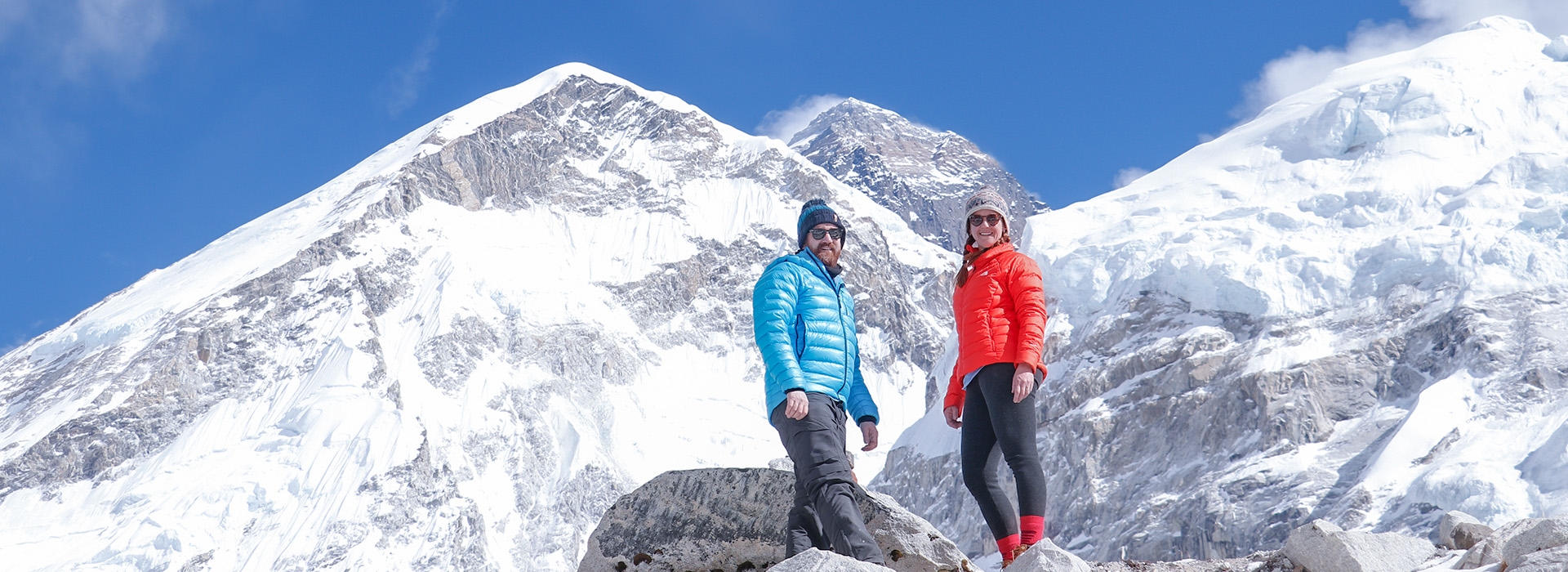
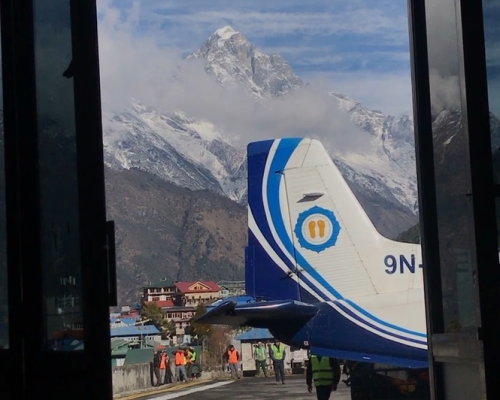
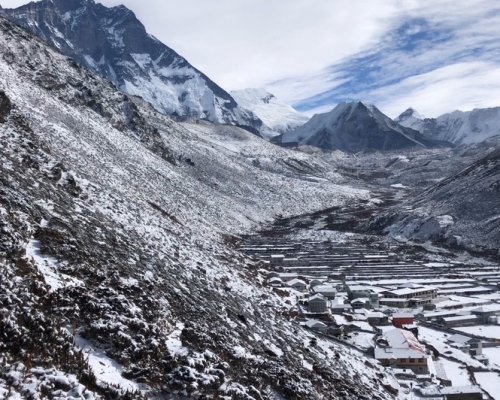
.jpg)
.jpg)
.jpg)
.jpg)

.jpg)
